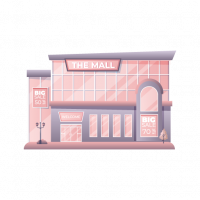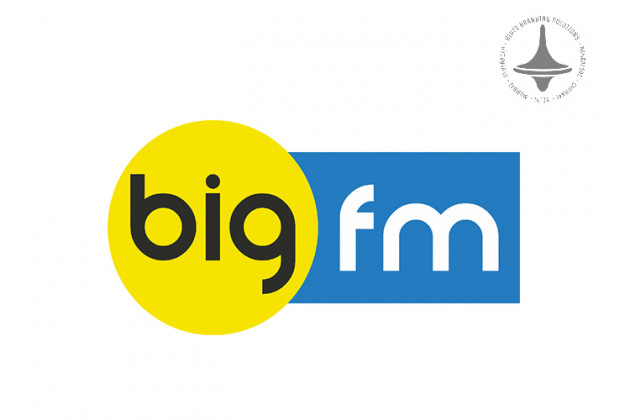Innovative Street | Furniture Advertising | Digital Marketing

In today's fast-paced urban landscape, street furniture advertising has evolved into a dynamic and highly engaging marketing tool. Brands are leveraging innovative technologies, sustainable solutions, and interactive elements to captivate audiences and create memorable brand experiences. Here are some of the most exciting street furniture advertising trends to watch.
1. Digital and Interactive Displays
Traditional static billboards are being replaced by digital
and interactive displays that offer real-time engagement. Digital screens
enable advertisers to deliver dynamic content, including videos, animations,
and live updates. Interactive touchscreens allow passersby to engage with ads,
access information, and even make purchases directly from the display.
2. Augmented Reality (AR) and Virtual Reality (VR)
Integration
Augmented reality and virtual reality are revolutionizing
street furniture advertising by offering immersive brand experiences.
AR-enabled billboards allow users to interact with digital elements using their
smartphones, while VR stations provide a fully immersive environment that
transports users into a brand's world.
3. Eco-Friendly and Sustainable Advertising
As sustainability becomes a top priority, brands are
adopting eco-friendly street furniture advertising methods. Solar-powered
digital billboards, recycled materials, and green walls integrated into ad
spaces help reduce environmental impact while promoting corporate social
responsibility. These sustainable solutions resonate with eco-conscious
consumers and enhance brand image.
4. Smart Benches and Bus Shelters
Smart benches and bus shelters equipped with Wi-Fi, charging
ports, and sensors are gaining popularity. These functional advertising spaces
provide valuable services to the public while promoting brands in a
non-intrusive way. Advertisers can use these smart installations to collect
data on consumer behavior and tailor campaigns accordingly.
5. Programmatic and Data-Driven Advertising
Programmatic advertising is making its way into street
furniture by allowing brands to deliver targeted ads based on real-time data.
Sensors and AI-driven analytics help advertisers display relevant content based
on factors such as weather, traffic conditions, and audience demographics. This
trend ensures maximum engagement and ad effectiveness.
6. Experiential and Gamified Marketing
Street furniture advertising is incorporating experiential
and gamified elements to engage audiences in a fun and interactive way. Brands
are using QR codes, NFC technology, and mobile apps to create gamified
experiences where users can participate in challenges, earn rewards, and share
their experiences on social media.
7. Social Media Integration
Integrating social media with street furniture advertising
enhances brand reach and engagement. Digital billboards displaying live social
media feeds, user-generated content, and hashtag campaigns encourage audience
participation. This fusion of offline and online marketing creates a seamless
brand experience.
8. 3D and Holographic Displays
Advancements in display technology have led to the rise of
3D and holographic advertising. These eye-catching visuals create a sense of
depth and realism that captivates audiences. Brands using 3D and holographic
displays on street furniture can make a lasting impact on passersby.
Conclusion
Street furniture advertising is rapidly evolving, with
brands leveraging cutting-edge technology, sustainability, and interactive
experiences to connect with audiences. As these trends continue to shape the
future of outdoor advertising, businesses that embrace innovation will stand
out and drive meaningful engagement in the competitive marketplace. By staying
ahead of these trends, advertisers can create compelling campaigns that
captivate and convert their target audience.
Elyts Advertising and Branding Solutions | www.elyts.in (India) | www.elyts.agency (UAE)






















Leave a Comment